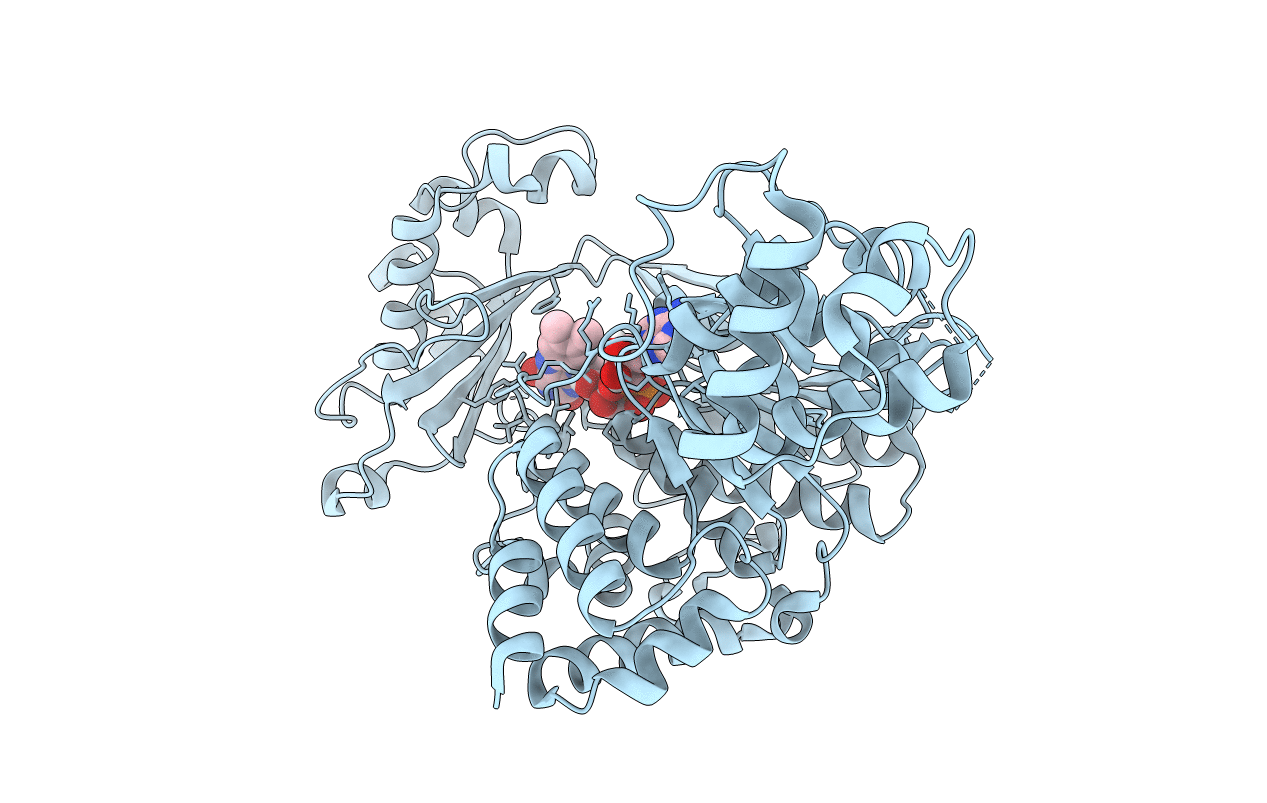
Deposition Date
2018-09-06
Release Date
2020-03-04
Last Version Date
2023-11-22
Method Details:
Experimental Method:
Resolution:
2.30 Å
R-Value Free:
0.21
R-Value Work:
0.17
R-Value Observed:
0.17
Space Group:
P 1 21 1


